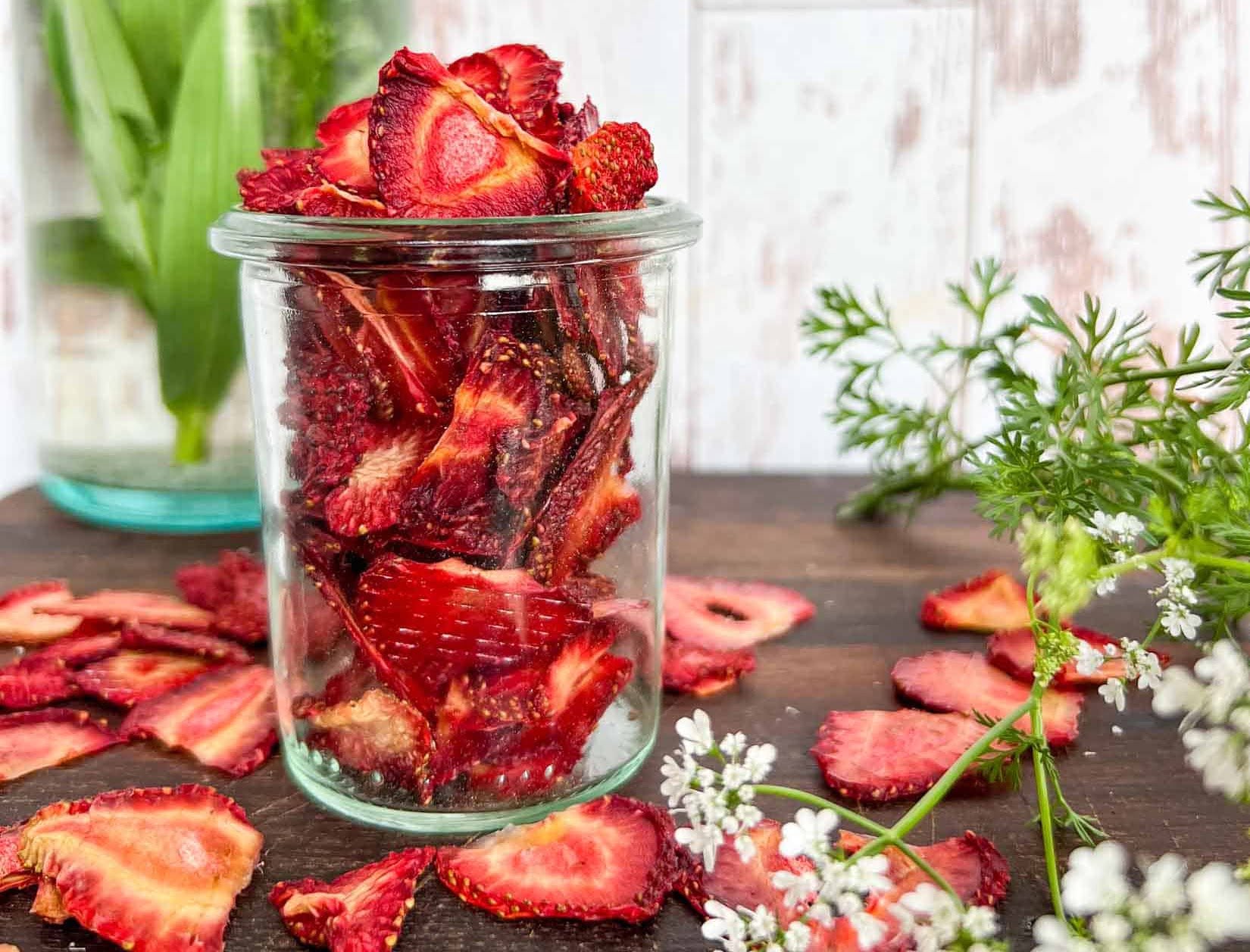

Articles
How To Store Dehydrated Strawberries
Modified: February 27, 2024
Discover the best ways to store dehydrated strawberries in this insightful articles. Learn how to keep them fresh and flavorful for longer.
(Many of the links in this article redirect to a specific reviewed product. Your purchase of these products through affiliate links helps to generate commission for Storables.com, at no extra cost. Learn more)
Introduction
Dehydrated strawberries are a versatile and delicious addition to any pantry. They are not only a convenient snack, but they can also be used in a variety of recipes to add a burst of flavor and nutrition. If you have ever wondered how to store dehydrated strawberries to ensure they stay fresh and flavorful for an extended period of time, you have come to the right place.
Dehydrating strawberries is a great way to preserve their taste and nutritional value. By removing the water content, the strawberries become concentrated, intensifying their natural sweetness and tanginess. This process also extends their shelf life, allowing you to enjoy the summer-fresh flavors of strawberries throughout the year.
In this article, we will guide you through the process of storing dehydrated strawberries properly. We will explore the reasons for dehydrating strawberries, the steps to prepare them for dehydration, the actual dehydrating process, and the best storage techniques to keep them fresh for as long as possible. Additionally, we will provide tips on maintaining their quality and offer creative ideas for using dehydrated strawberries in various culinary endeavors.
Whether you are a seasoned home cook or just starting your journey into food preservation, understanding how to store dehydrated strawberries is essential. So, let’s dive in and discover the best practices for keeping your dehydrated strawberries fresh, flavorful, and enjoyable for months to come!
Key Takeaways:
- Enjoy the convenience and flavor of dehydrated strawberries year-round by following proper preparation, dehydration, and storage techniques. Embrace the versatility of this ingredient in various culinary creations for a burst of fruity goodness.
- Preserve the taste, texture, and nutritional benefits of strawberries with proper dehydration and storage. Explore creative ideas to elevate your dishes and enjoy the essence of strawberries in every bite.
Reasons for Dehydrating Strawberries
Dehydrating strawberries offers numerous benefits, making them a popular choice for those looking to maximize the use and enjoyment of this delicious fruit. Here are some key reasons why people choose to dehydrate strawberries:
- Extended Shelf Life: Dehydrating strawberries removes their water content, which significantly extends their shelf life. Unlike fresh strawberries that may spoil within days, dehydrated strawberries can be stored for several months or even up to a year when properly stored.
- Convenience: Dehydrated strawberries are extremely convenient to have on hand. They require no refrigeration, take up minimal space, and can be easily packed for snacks or added to various recipes whenever needed.
- Intense Flavor: The dehydration process concentrates the natural sweetness and flavor of strawberries. As a result, dehydrated strawberries have an intensified taste that can enhance a wide range of dishes, from baked goods to salads, cereal, yogurt, and more.
- Nutritional Value: Dehydrated strawberries retain most of their nutrients, including vitamins, minerals, and antioxidants. Although some vitamin C may be lost, the levels of other nutrients remain relatively stable. This makes them a nutritious addition to your diet, providing a boost of vitamins and minerals even when fresh strawberries are out of season.
- Versatility in Recipes: Dehydrated strawberries can be used in a variety of recipes. They can be rehydrated and added to cooked dishes like sauces or stews, ground into a powder for flavoring desserts and beverages, or simply enjoyed as a wholesome snack. Their versatility opens up endless possibilities to experiment in the kitchen.
Whether you want to preserve the bountiful harvest of strawberries from your garden, take advantage of sales and bulk purchases, or simply enjoy the convenience and flavor of dehydrated strawberries, these reasons make it clear why dehydrating strawberries is a worthwhile endeavor.
Preparing the Strawberries for Dehydration
Before you can start the dehydration process, it is essential to properly prepare the strawberries. Follow these steps to ensure the best results:
- Select Fresh Strawberries: Choose ripe, firm, and high-quality strawberries for dehydration. Avoid using overripe or mushy strawberries, as they may not dehydrate evenly or have the desired texture.
- Wash and Remove Stems: Gently wash the strawberries under cool running water to remove any dirt or debris. Pat them dry using a clean kitchen towel. Once dry, remove the stems by either cutting them off with a small knife or pinching them with your fingers.
- Slice the Strawberries: Slice the strawberries into uniform thickness. Aim for slices that are approximately 1/4 inch thick to ensure even drying. If you prefer smaller pieces, you can also halve or quarter the strawberries.
- Optional Pre-Treatment: Some people choose to pre-treat the strawberries to help preserve their color and flavor during the drying process. You can do this by briefly soaking the slices in lemon juice, pineapple juice, or a mixture of water and powdered citric acid. This step is purely optional, but it can enhance the overall quality of the dehydrated strawberries.
- Pat Dry: After pre-treatment (if applicable), gently pat the strawberry slices dry with a clean kitchen towel to remove excess moisture. This will help promote efficient drying and prevent the strawberries from sticking together during the process.
Once you have prepared the strawberries, they are now ready for dehydration. Transfer them to the dehydrator trays or baking sheets if using an oven. Ensure that they are evenly spaced and not overlapping to allow for proper airflow and drying.
By following these steps, you can ensure that your strawberries are properly prepared for dehydration and will yield the best results in terms of taste, texture, and longevity.
Dehydrating the Strawberries
Now that you have prepared the strawberries, it’s time to start the dehydration process. There are two main methods you can use: a food dehydrator or an oven. Let’s explore both options:
Using a Food Dehydrator:
- Arrange the Slices: Place the strawberry slices on the dehydrator trays in a single layer. Make sure to leave space between the slices for proper airflow. Do not overcrowd the trays, as it can hinder the drying process.
- Set the Temperature: Consult the manufacturer’s instructions for your specific dehydrator model, as the optimal temperature may vary. In general, you’ll want to set the temperature between 120°F (49°C) and 135°F (57°C) for strawberries. This low heat preserves the nutrients and flavor while gently removing the moisture.
- Dehydrate for Several Hours: The dehydrating time can range from 6 to 12 hours, depending on factors such as the thickness of the slices, humidity levels, and your preferred level of dryness. Check the strawberries periodically and rotate the trays if necessary for even drying.
- Check for Dryness: To check if the strawberries are fully dehydrated, remove a slice from the dehydrator and allow it to cool for a few minutes. It should be firm, dry to the touch, and slightly leathery. If there is any moisture left, return the tray to the dehydrator and continue drying until desired consistency is achieved.
Read more: How To Store Cut Strawberries
Using an Oven:
- Preheat the Oven: Preheat your oven to the lowest temperature setting. It is typically around 140°F (60°C). Make sure to use an oven thermometer to accurately monitor the temperature.
- Place the Slices on Baking Sheets: Line baking sheets with parchment paper or silicone mats. Arrange the strawberry slices in a single layer, ensuring they are not touching each other. This allows for proper airflow and even drying.
- Bake with the Door Slightly Ajar: Place the baking sheets with the strawberries in the oven. Keep the oven door slightly ajar by propping it open with a wooden spoon or oven-safe object. This helps to release excess moisture during the drying process.
- Dry for Several Hours: The drying time can vary from 2 to 4 hours, depending on the thickness of the slices and the moisture content. Check the strawberries periodically, flipping them over if needed, to ensure even drying. They should be leathery and dry to the touch when done.
Regardless of the method you choose, it is crucial to closely monitor the strawberries during the dehydration process to prevent over-drying or under-drying. Remember, the goal is to achieve a slightly leathery texture while retaining the flavor and nutrients of the strawberries.
Once the strawberries are fully dehydrated, remove them from the dehydrator or oven and allow them to cool completely before proceeding to the storage phase.
Proper Storage Techniques
Proper storage is key to maintaining the freshness and quality of dehydrated strawberries for an extended period. Follow these techniques to ensure optimal storage:
- Cool and Dry Environment: Store dehydrated strawberries in a cool, dry, and well-ventilated area. Avoid exposure to direct sunlight, heat sources, or moisture, as they can degrade the quality and shorten the shelf life of the strawberries.
- Use Airtight Containers: Transfer the dehydrated strawberries to airtight containers to keep them safe from air and moisture. Mason jars or food-grade plastic containers with tight-fitting lids work well for this purpose. Ensure that the containers are clean and completely dry before filling them with the strawberries.
- Label and Date: Always label the containers with the contents and the date of dehydration. This will help you keep track of the storage time and ensure that you use the oldest strawberries first. Use a permanent marker or labels that are resistant to moisture so that the information remains legible throughout the storage period.
- Store in a Dark Place: As light can cause loss of color and nutrient degradation, it is advisable to store the containers of dehydrated strawberries in a dark place, such as a pantry or cupboard. This will help preserve their vibrant color and nutritional value for longer.
- Avoid Exposure to Oxygen: Oxygen can cause the strawberries to become stale and lose their flavor. If possible, use oxygen absorbers or vacuum-sealed bags to remove excess oxygen from the containers. This method can further extend the shelf life of the dehydrated strawberries.
- Check for Moisture: Regularly inspect the containers for any signs of moisture or condensation. If you notice any, remove the strawberries and allow them to air-dry before resealing them in a new container. Moisture can lead to spoilage and the growth of mold, so it’s important to address it promptly.
By following these proper storage techniques, you can ensure that your dehydrated strawberries retain their flavor, texture, and nutritional value for an extended period. This will allow you to enjoy the taste of summer strawberries all year round.
Store dehydrated strawberries in an airtight container, such as a mason jar or a vacuum-sealed bag, in a cool, dark place to maintain their freshness and flavor for longer periods.
Tips for Maintaining Quality
To keep your dehydrated strawberries in optimal condition and maintain their quality over time, consider the following tips:
- Use Quality Strawberries: Start with fresh, ripe, and high-quality strawberries for the best results. The quality of the strawberries before dehydration will directly impact the quality of the final product.
- Avoid Over-Drying: Be mindful not to over-dry the strawberries during the dehydration process. Over-drying can make them overly brittle and less enjoyable to eat. Aim for a slightly leathery texture that retains some flexibility.
- Store in Small Batches: It is advisable to store dehydrated strawberries in smaller portion sizes rather than in large quantities. This helps prevent exposing the entire batch to air and moisture every time you open the container.
- Seal and Re-Seal Properly: When opening the container of dehydrated strawberries, make sure to reseal it tightly after use. This will help maintain their freshness and protect them from moisture and air exposure.
- Keep Away from Strong Odors: Dehydrated strawberries have a tendency to absorb odors from their surroundings. Keep them away from strong-smelling foods or spices to preserve their natural flavor and aroma.
- Rotate and Use First-In, First-Out (FIFO) Method: Implement a first-in, first-out method for using your dehydrated strawberries. This ensures that you use the oldest ones first, reducing the chances of them going bad or losing quality over time.
- Regularly Check for Signs of Spoilage: Periodically inspect the dehydrated strawberries for any signs of spoilage, such as mold, discoloration, or off-putting odors. If you notice any such signs, discard the affected strawberries as they may have become unfit for consumption.
- Consider Freezing: If you want to extend the shelf life of your dehydrated strawberries even further, you may consider storing them in the freezer. Place the containers of dehydrated strawberries in airtight freezer bags or vacuum-sealed bags before freezing. This can help preserve their quality for up to a year or longer.
By following these tips, you can ensure that your dehydrated strawberries stay fresh, flavorful, and of high quality for an extended period. Enjoy the convenience and deliciousness of dehydrated strawberries throughout the year!
Ideas for Using Dehydrated Strawberries
Dehydrated strawberries are a versatile ingredient that can be used in various culinary creations. Here are some creative and delicious ideas to inspire you:
- Snack on Them: Enjoy dehydrated strawberries as a wholesome and flavorful snack on their own. They provide a natural sweetness and a satisfying chewy texture that can curb your cravings in a healthier way.
- Add to Trail Mix: Create a homemade trail mix by combining dehydrated strawberries with nuts, seeds, and other dried fruits. It adds a delightful burst of flavor and natural sweetness to the mix.
- Incorporate into Baked Goods: Add dehydrated strawberries to your favorite baked goods like muffins, bread, cookies, or granola bars. Simply chop them into smaller pieces and fold them into the batter or dough to infuse the delightful strawberry flavor.
- Blend into Smoothies: Rehydrate a handful of dehydrated strawberries by soaking them in water for a few minutes, then add them to your favorite smoothie blend. They will contribute a vibrant color and a fruity taste to your drink.
- Create Fruit Infused Water: Drop a few dehydrated strawberry slices into a jug of water and let them infuse for a refreshing and subtly flavored beverage. It’s a simple way to add a touch of fruity goodness to your hydration routine.
- Powderize for Flavorings: Grind dehydrated strawberries into a fine powder using a blender or a spice grinder. This strawberry powder can be used as a natural flavoring agent in desserts, yogurt, smoothies, oatmeal, or even as a colorful dusting on top of cakes and pastries.
- Add to Salads: Sprinkle dehydrated strawberry slices on top of green salads or fruit salads to add a burst of sweetness and unique texture. They pair particularly well with fresh greens, goat cheese, and nuts.
- Mix with Cereal or Yogurt: Enhance your morning cereal or yogurt by mixing in some dehydrated strawberries. They provide a delightful crunch and a burst of fruity goodness to your breakfast bowl.
- Create Homemade Fruit Bars: Blend dehydrated strawberries with dates and nuts to create homemade fruit bars. Simply combine the ingredients in a food processor, press into a pan, and refrigerate until firm. Cut them into bars for a nutritious on-the-go snack.
- Add to Hot or Cold Beverages: Drop a few slices of dehydrated strawberries into your hot tea or iced tea to infuse a fruity flavor. You can also use them as a garnish for cocktails and mocktails for a touch of elegance and added flavor.
Feel free to experiment with these ideas and let your creativity shine in the kitchen. Dehydrated strawberries offer endless possibilities to elevate your dishes and add a delicious twist to your favorite recipes.
Read more: How To Store Sliced Strawberries
Conclusion
Dehydrated strawberries are a fantastic way to enjoy the taste and nutritional benefits of strawberries year-round. By removing the water content, dehydrated strawberries become concentrated in flavor, convenient to store, and versatile to use in a wide variety of recipes.
In this article, we have explored the reasons for dehydrating strawberries, the steps to prepare them for dehydration, and the proper storage techniques to maintain their freshness. We have also provided tips for maintaining quality and creative ideas for using dehydrated strawberries in different culinary creations.
By following the recommended techniques for dehydrating and storing strawberries, you can prolong their shelf life and preserve their taste, texture, and nutritional value. Whether you enjoy them as a healthy snack, incorporate them into baked goods, or use them to add a burst of flavor to various dishes, dehydrated strawberries are a versatile ingredient that can elevate your culinary creations.
So, why wait for strawberry season when you can enjoy the deliciousness of strawberries all year round? Embrace the art of dehydrating strawberries and experience the convenience, flavor, and nutritional benefits they have to offer.
Remember to experiment, have fun, and let your creativity soar in the kitchen as you explore the endless possibilities with dehydrated strawberries. Make the most of this versatile ingredient and savor the essence of strawberries in every bite.
Happy dehydrating and bon appétit!
Frequently Asked Questions about How To Store Dehydrated Strawberries
Was this page helpful?
At Storables.com, we guarantee accurate and reliable information. Our content, validated by Expert Board Contributors, is crafted following stringent Editorial Policies. We're committed to providing you with well-researched, expert-backed insights for all your informational needs.
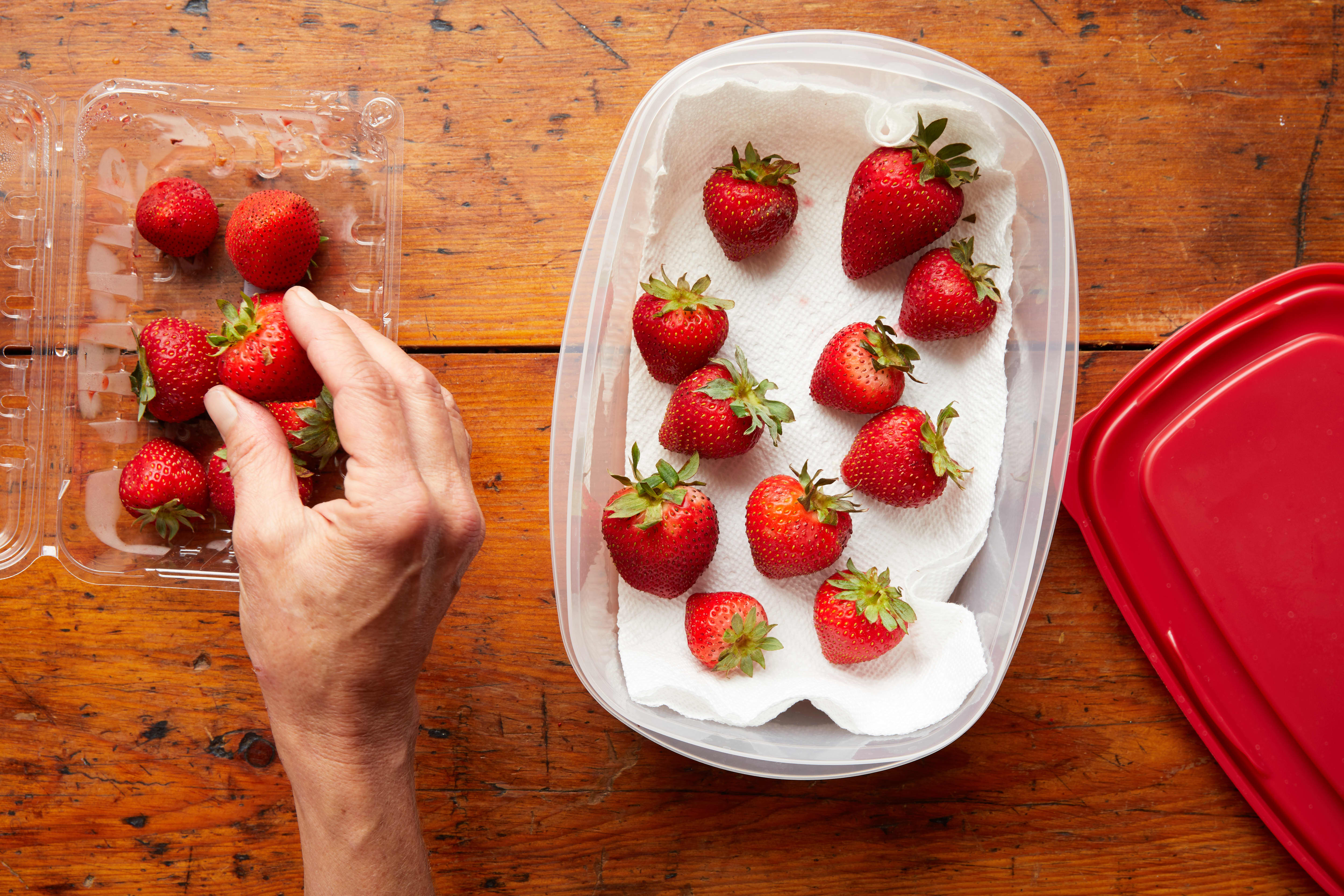
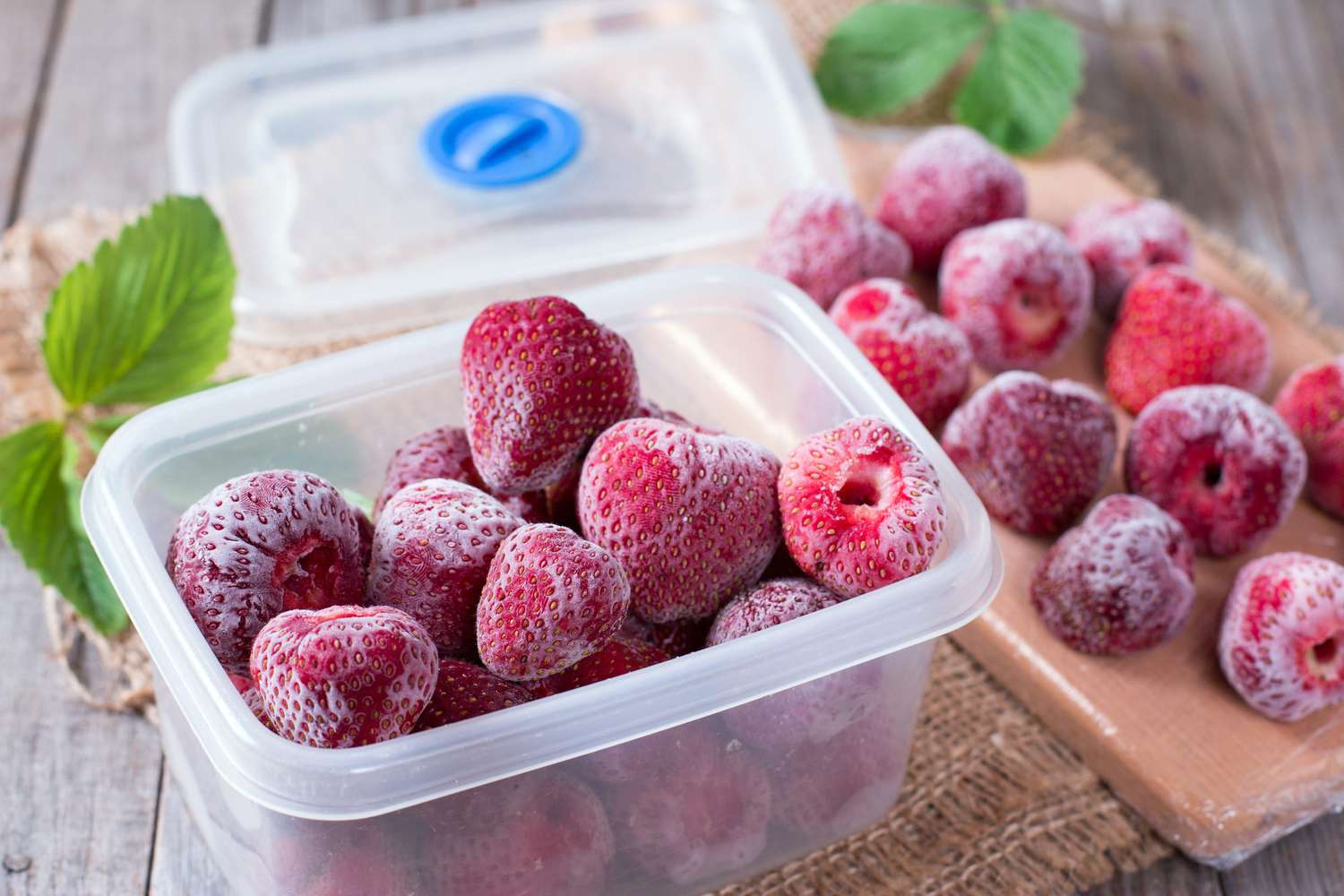
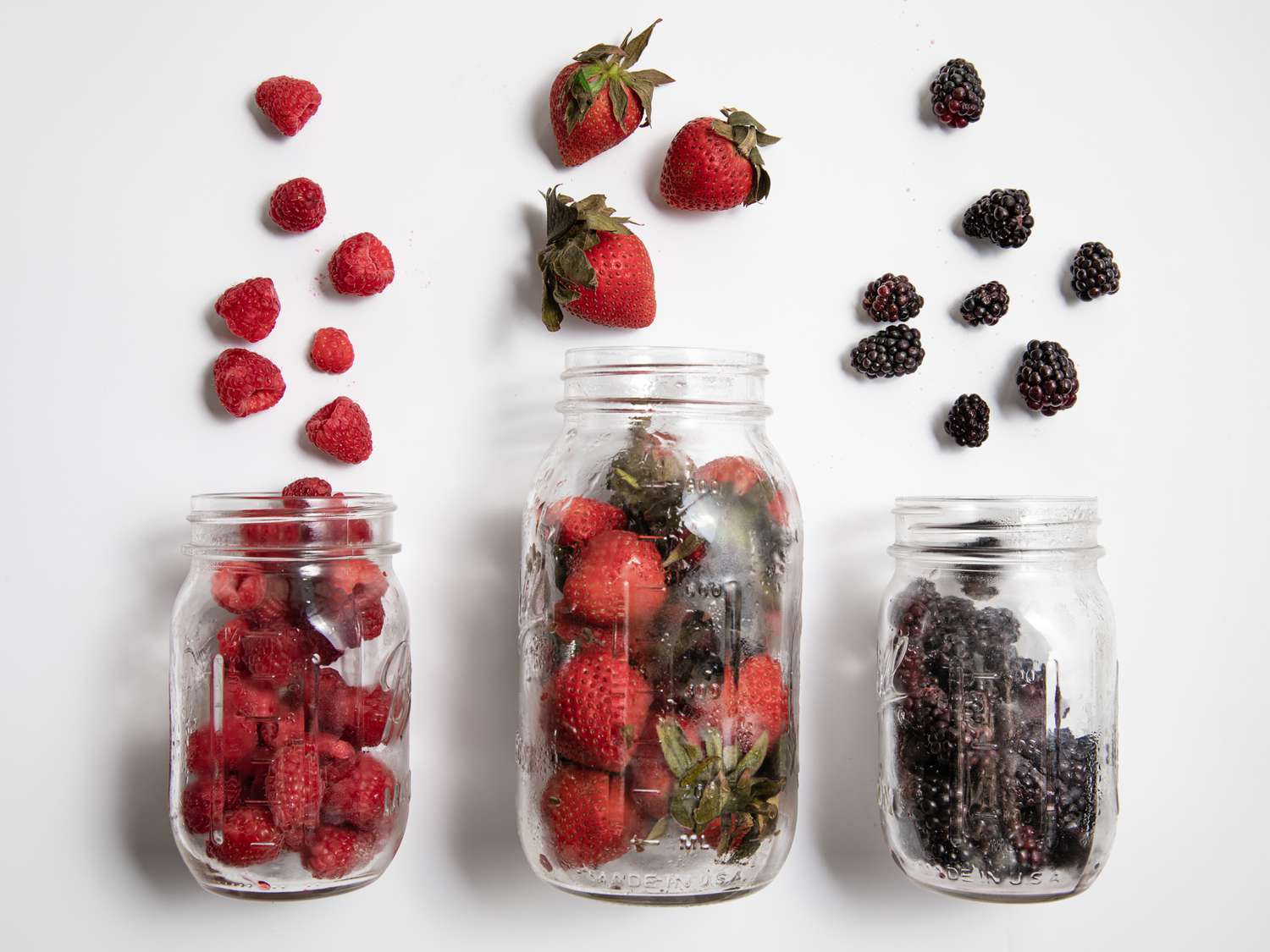
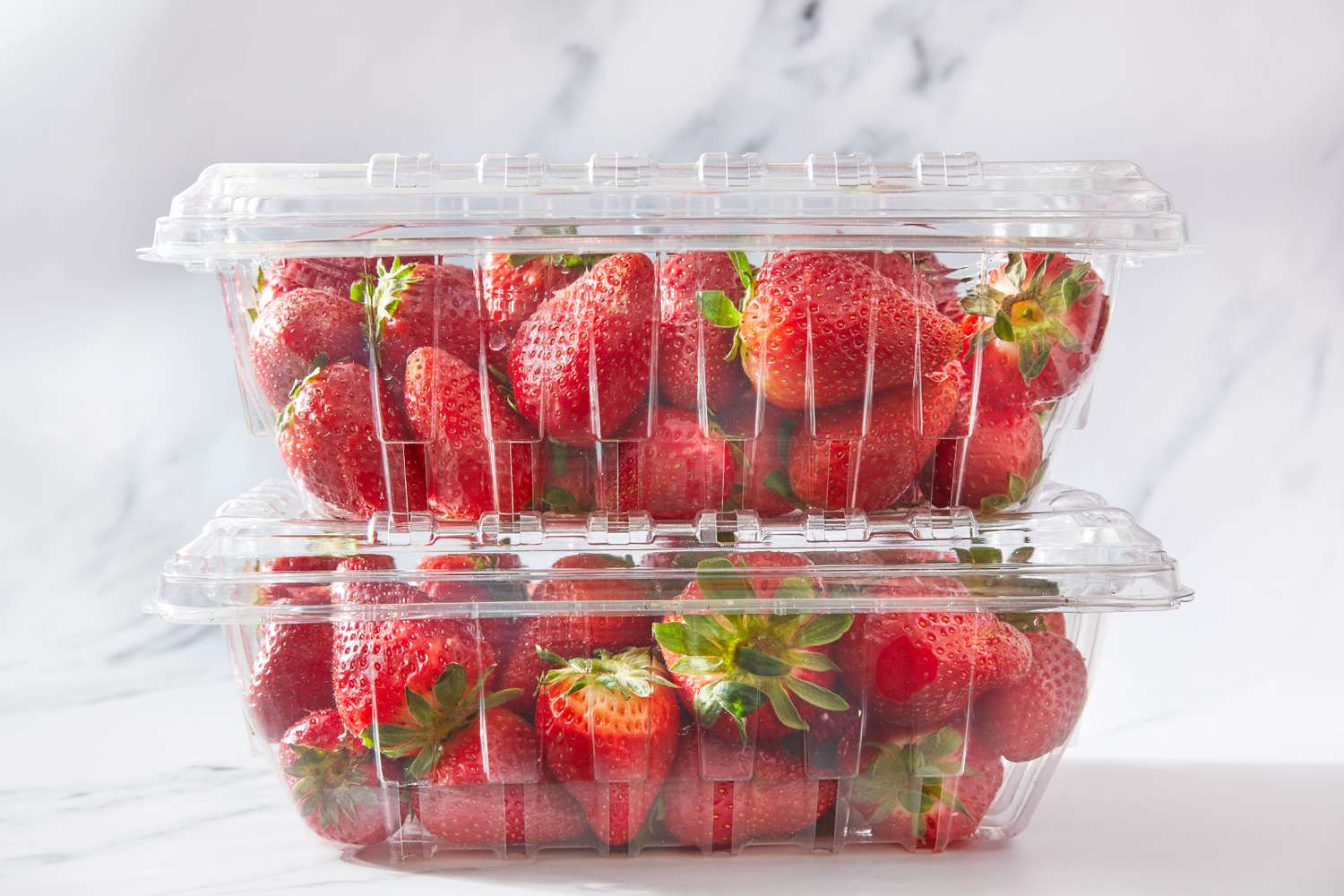
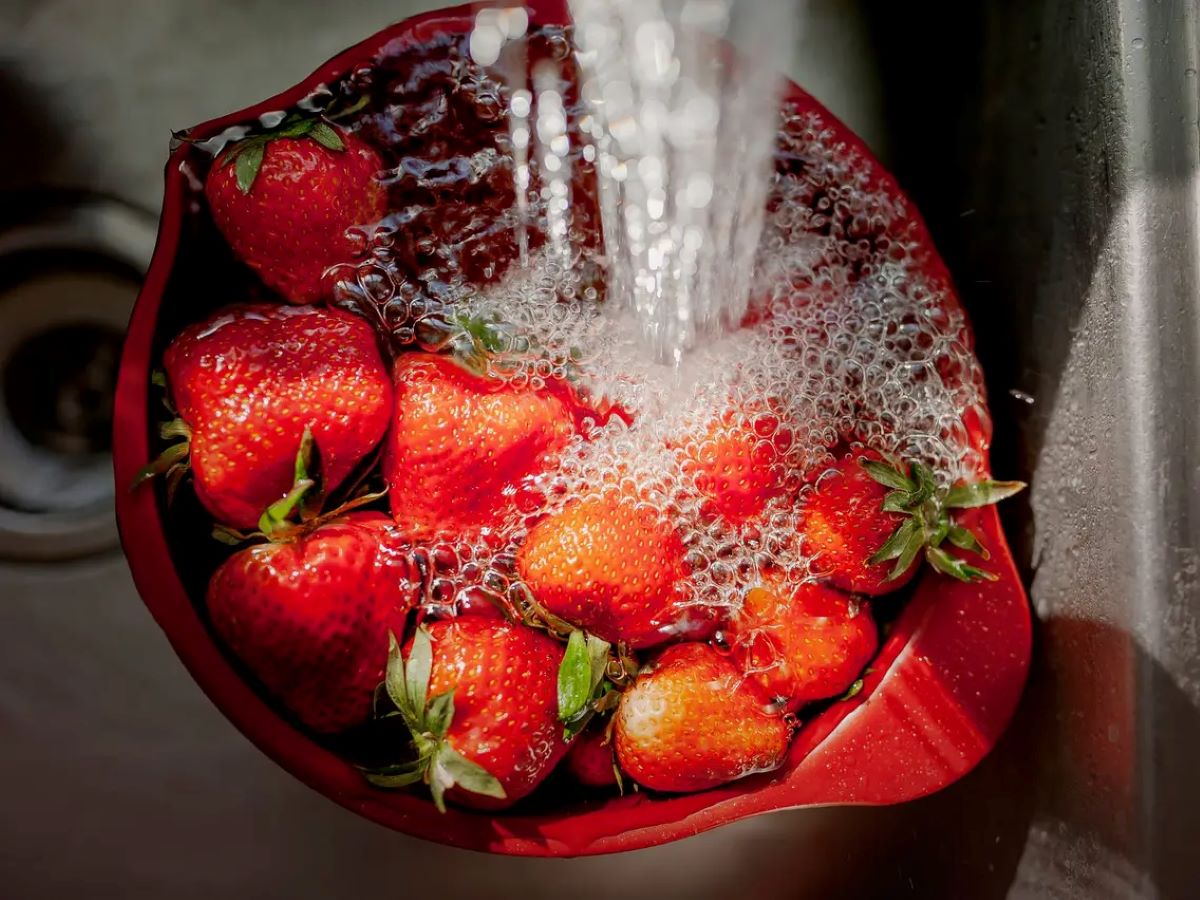
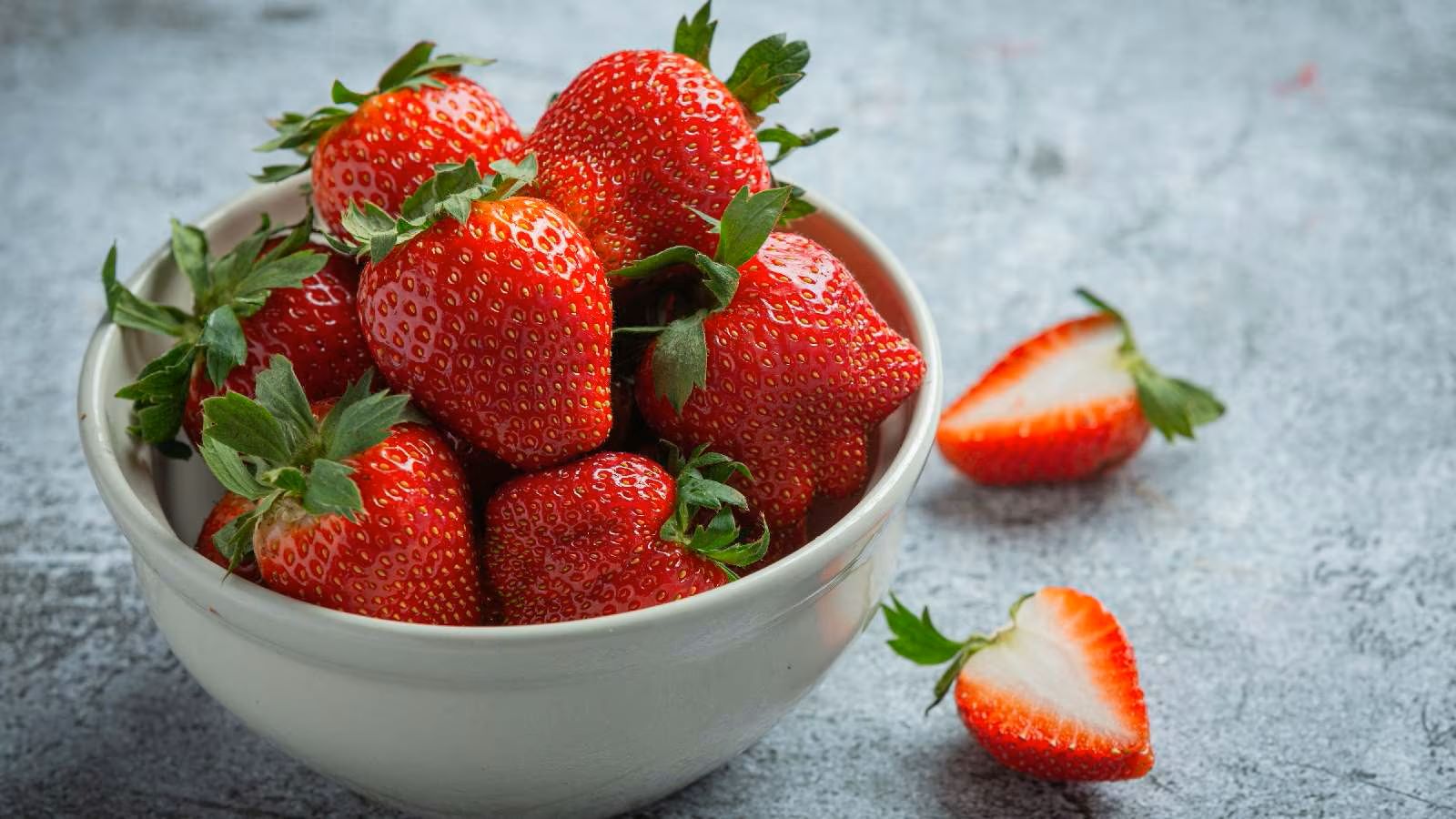
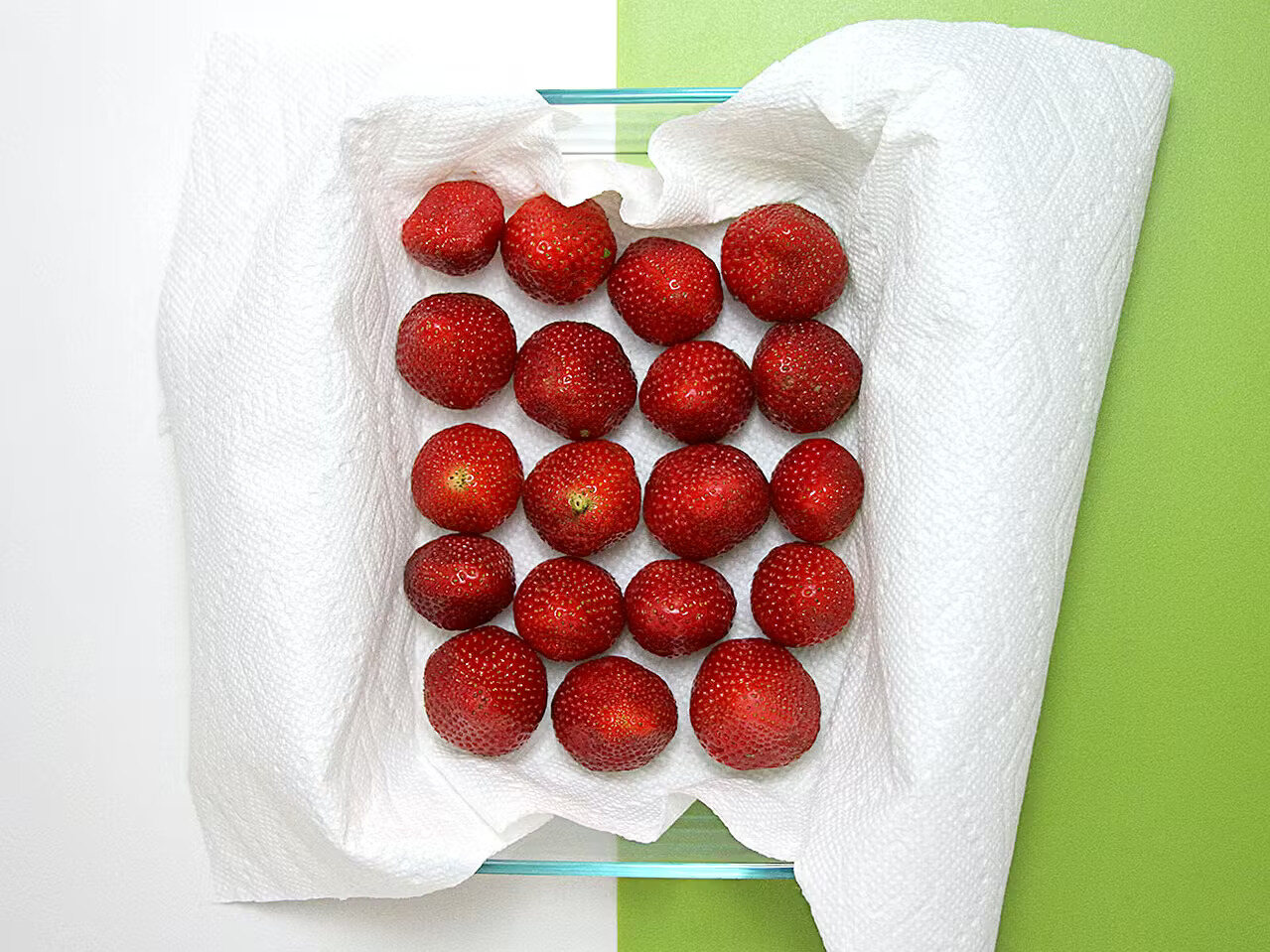

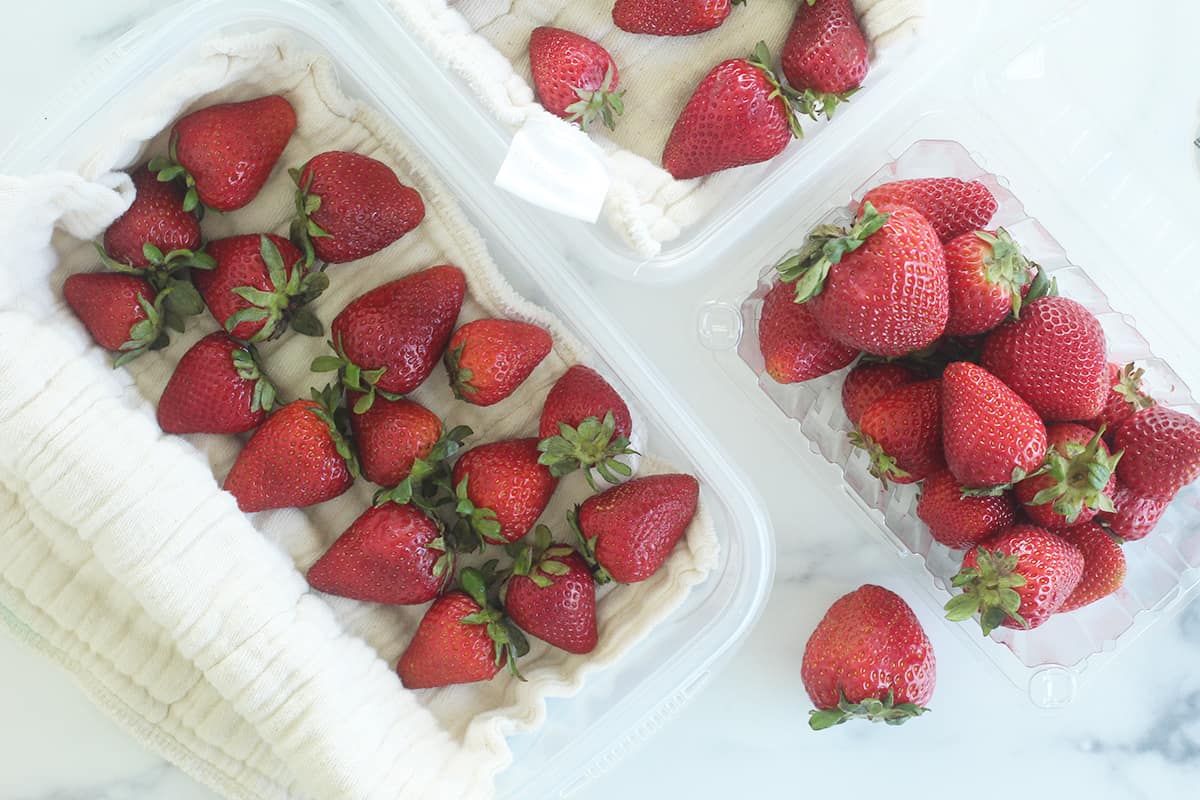
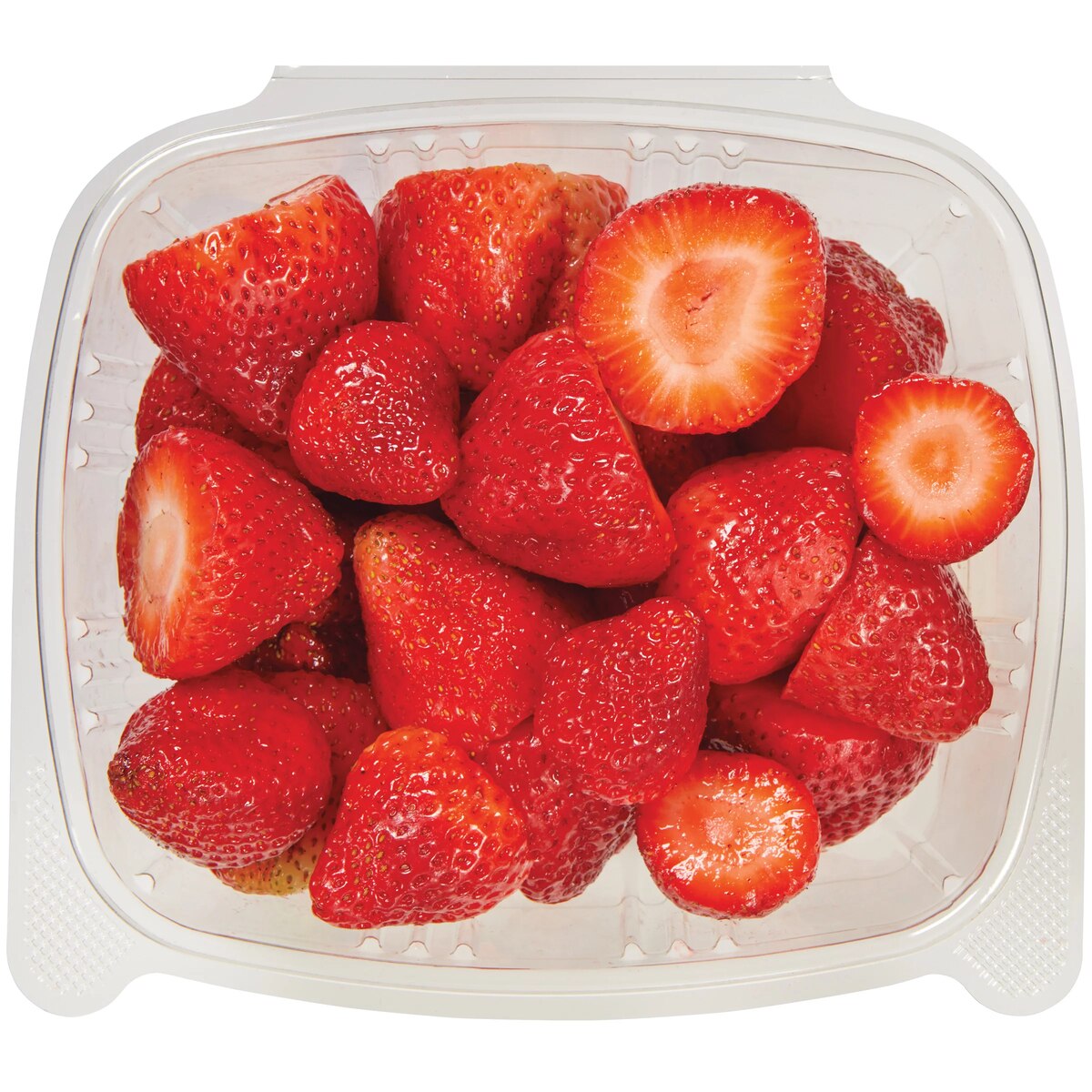
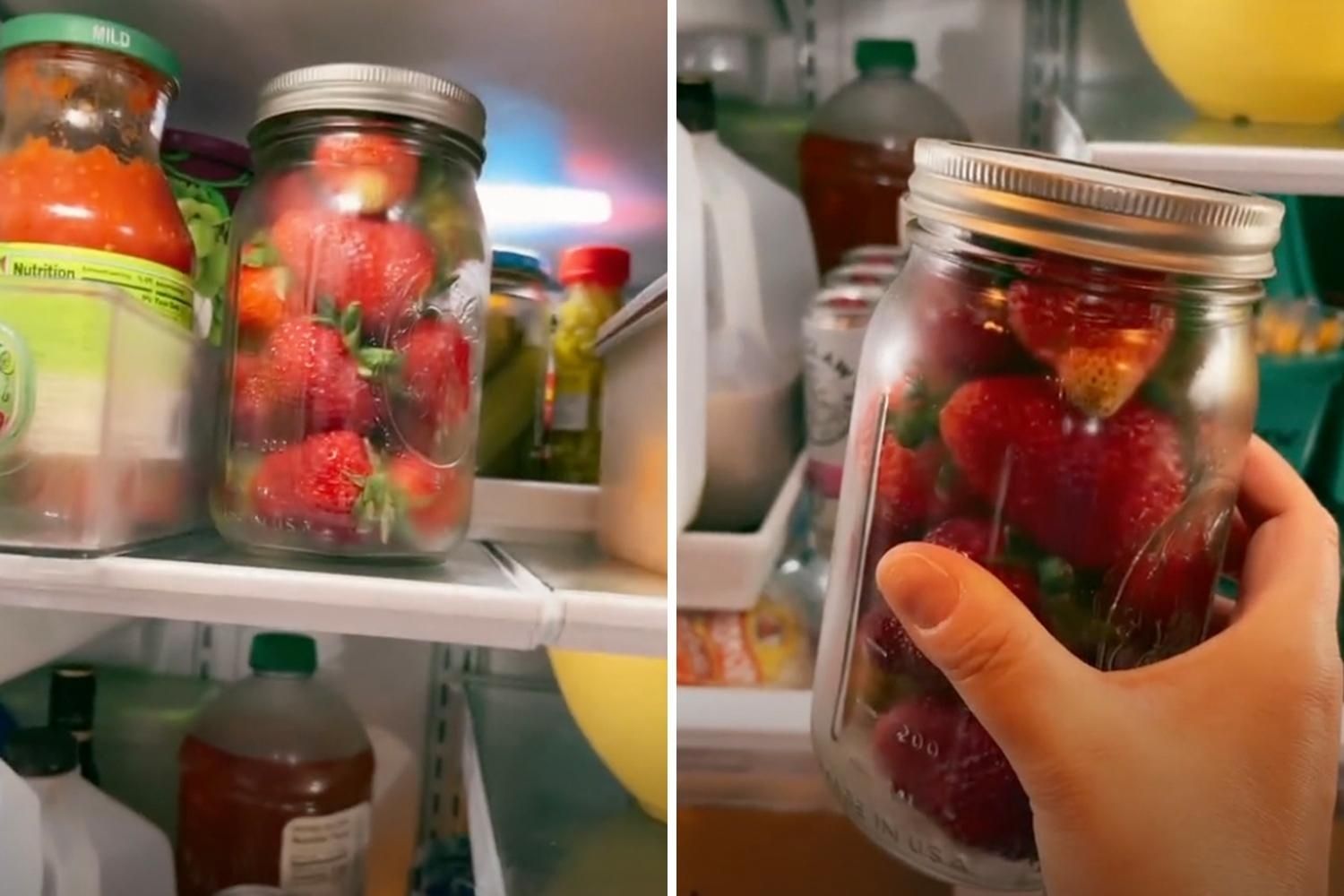

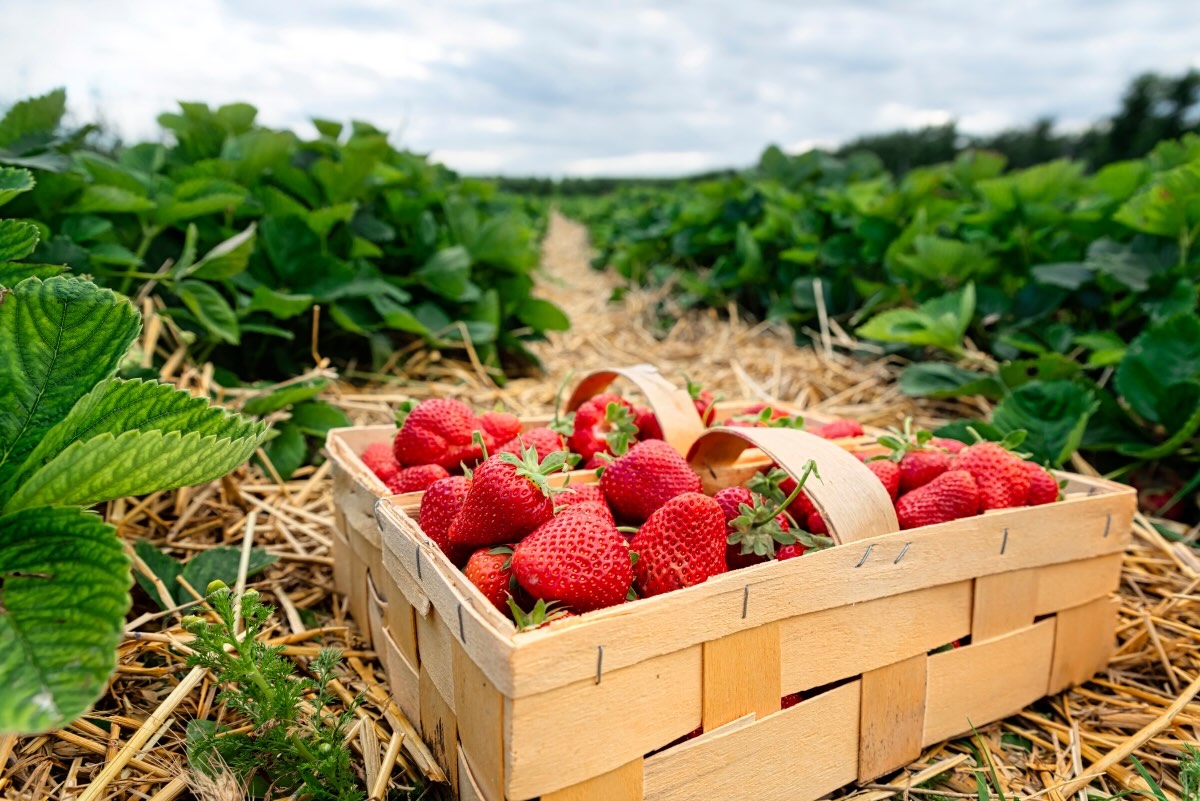

0 thoughts on “How To Store Dehydrated Strawberries”